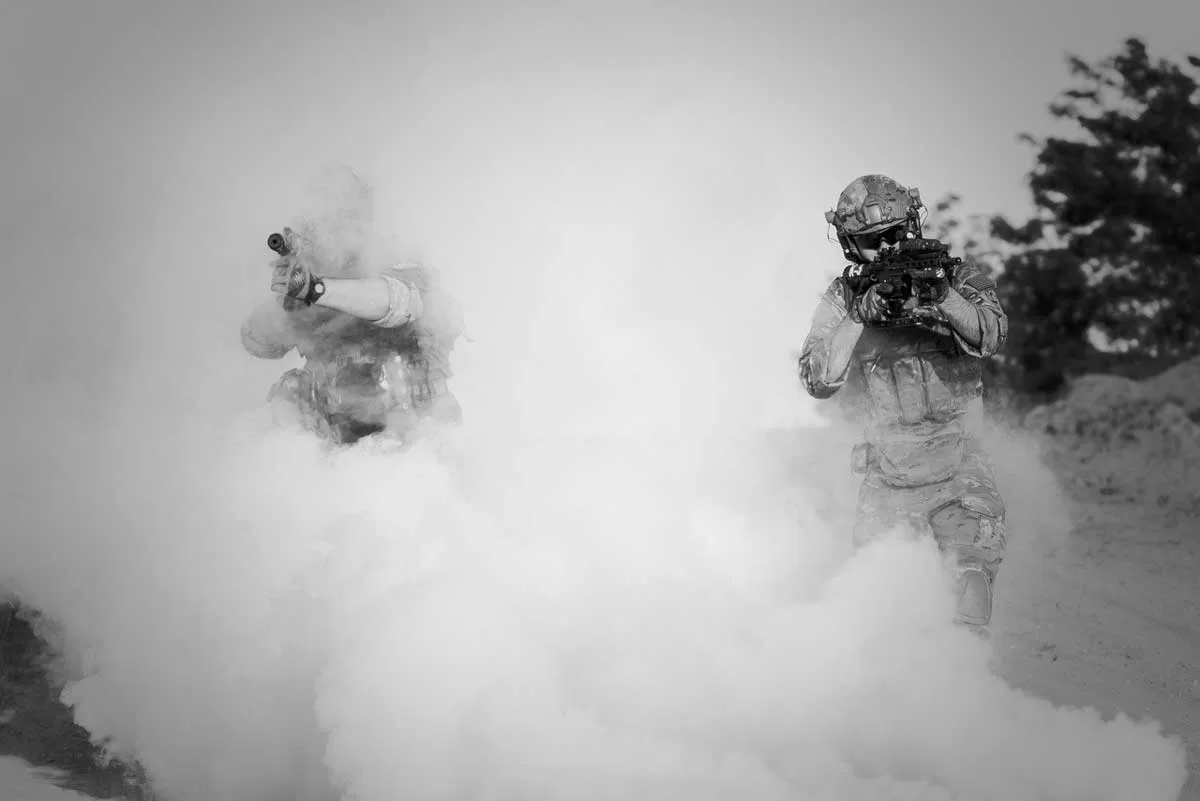Specific regions of KP, alongside adjacent areas in Balochistan and Punjab, experienced a surge in terrorist activities in 2023. It is imperative for the new government to prevent this worrisome pattern from persisting in the upcoming year. In general, 2023 was marred by bloodshed, with reports indicating over 1,500 deaths attributed to terrorist incidents.
Following the Taliban’s return to power in August 2021, Islamabad initially welcomed the development as a source of joy and reassurance. The hope was that this change of leadership would bring peace to Pakistan’s historically turbulent western borders. However, this expectation was not met. Instead, the frequency of attacks on Pakistan by militants from Afghanistan intensified significantly.
Despite Pakistan’s repeated appeals to the Afghan interim government to control the insurgents using Afghan territory to target Pakistan, these pleas were either disregarded or strained the relationship between the two nations. Presently, Pakistan’s western border has transformed into a volatile conflict zone.
As the Taliban continued to disregard international norms and reject the peace agreement brokered by Pakistan between them and the US, patience ran out. This led to the decision to launch air strikes on militant hideouts across the border as the only viable course of action. The subsequent retaliatory artillery attacks by the Afghan Taliban have escalated tensions significantly. The growing conflict with Afghanistan poses a significant foreign policy and security challenge for the newly established government, as the increasing terrorism incidents threaten to overshadow any progress on foreign investment initiatives.
It is becoming increasingly challenging to counter the TTP due to the Afghan government’s reluctance to address the issue. Pakistani officials estimate that between 5,000 to 6,000 TTP fighters are currently based in Afghanistan. An airstrike carried out last week targeted the Afghan border regions of Paktika and Khost in response to the TTP’s assault on a security checkpoint in North Waziristan, which resulted in the deaths of seven soldiers and officers. This attack was one of the most brutal acts committed by the TTP, who have been responsible for the deaths of over 300 security personnel in the past two years. Not only does the TTP enjoy a safe haven in Afghanistan to launch attacks on Pakistan without fear of repercussions, but they also have access to sophisticated weaponry.
The question is: Is Pakistan able to bear the cost of engaging in a large-scale military conflict with Afghanistan? Recognizing the potential impact on regional stability, the new government has adopted a prudent stance in responding to the situation. The Pakistani Defense Minister has expressed a willingness to address terrorism challenges through diplomatic means. To advance this goal, a delegation headed by Commerce Secretary Khurram Aga has travelled to Afghanistan to commence discussions on enhancing bilateral trade. Both parties have committed to overcoming obstacles in transit zones through collaborative efforts.
It is imperative to convey to the Afghan Taliban that continuing to shelter militants, especially after enduring years of foreign intervention, could jeopardize Afghanistan’s internal stability.
For Pakistan, the challenge at hand has two facets: safeguarding Pakistan to prevent terrorist organizations from infiltrating any part of the country and also thwarting militants from setting up safe havens in Afghanistan. The new government, in collaboration with the security infrastructure and provincial governments, needs to devise a foolproof strategy to safeguard the country, especially the regions in KP and Balochistan facing persistent terrorist threats.
In the midst of internal divisions in Pakistan, both politically and economically, influencing a foreign nation to take action against a common enemy poses a considerable challenge. The historical practice of the military establishment maintaining a detachment from civilian involvement in security matters has not yielded the desired outcomes over the past 75 years.
While Pakistan may be justified in retaliating against threatening elements in Afghanistan, these measures do not absolve the country from the absence of a coherent anti-terrorism strategy, which has facilitated the reemergence of a more organized TTP. This situation is further compounded by ongoing political turbulence, creating a fertile ground for the cultivation of militancy.
To truly pivot our diplomatic initiatives towards geo-economics, a critical step is to restructure our security framework, ensuring distinct roles for civilian and military law enforcement entities and intelligence agencies. The foundational framework already exists in the National Action Plan and must be tailored to meet present demands and executed diligently. Additionally, addressing militancy should be a consolidated effort under the leadership of NACTA, incorporating insights from all relevant parties to establish a comprehensive strategy.
Regarding the presence of terrorist safe havens in Afghanistan, the United Nations has acknowledged Pakistan’s apprehension about the existence of training facilities on Afghan territory, which are utilized by Al Qaeda and the TTP to instigate disturbance in Pakistan. It is crucial for the Afghan Taliban to close down these compounds; failure to do so could strain bilateral relations. The Taliban must either cease the attacks or move the terrorists away from the Pakistan border to prevent the continuance of violence across the region.
At a time when Pakistan is actively seeking foreign investment to stimulate its struggling economy, the country cannot risk terrorist attacks targeting foreign labor. If foreign entities are complicit in nefarious activities, diplomatic means should be employed to convey that supporting terrorist acts will not go unnoticed by the global community. For the government, the honeymoon period has ended, and it is now imperative to take resolute actions against rising militancy.
